India is moving towards a greener future with the rapid adoption of electric vehicles (EVs) in public transport. The shift from conventional fuels like petrol and diesel to sustainable alternatives is crucial in achieving environmental and economic goals. According to ICRA estimates, electric adoption in public transport is expected to reach 30-40% by FY30, driven by government initiatives, technological advancements, and cost efficiency.
Government Initiatives Driving Electric Public Transport
The Indian government has introduced various policies and schemes to accelerate electric adoption in public transport. Key initiatives include:
- PM e-Bus Sewa – A program focused on expanding electric bus fleets across cities.
- Subsidies and Incentives – Financial support for electric vehicle (EV) adoption, reducing upfront costs.
- Demand Aggregation – Centralized procurement strategies to make EVs more accessible.
- Battery Price Reduction – Technological advancements leading to lower EV costs.
With these measures, the transition to electric public transport is set to gain momentum, making Indian cities cleaner and more sustainable.
Also Read: Escorts Kubota Predicts 6-7% Rise in FY25 Tractor Industry
Projected Growth of Electric Vehicles by FY30
Despite slow initial adoption, electric penetration in public transport is expected to surge significantly. ICRA's report highlights the estimated EV share in different segments by FY30:
- Electric Three-Wheelers (e3Ws): 40% adoption, leading the transition.
- Electric Buses (e-Buses): Expected to reach 30%, significantly reducing urban pollution.
- Electric Light Commercial Vehicles (e-LCVs): 12-16% penetration in logistics and transport.
- Electric Two-Wheelers (e2Ws): Set to achieve a 25% share in urban mobility.
- Electric Cars: Estimated to capture 15% of the market.
This growth will not only enhance urban transportation efficiency but also contribute to reducing carbon emissions and fuel dependency.
Impact on Local Manufacturing
The rise in electric public transport adoption will lead to increased investment in the automobile and EV component industry. According to ICRA, the auto component sector is expected to invest INR 25,000–30,000 crore by FY26 to:
- Expand production capacity.
- Develop localized EV components.
- Advance EV technology.
Currently, 30-40% of the EV supply chain is localized in India. Key components such as traction motors, control units, and battery management systems have seen significant domestic production. However, battery cells, which make up 35-40% of vehicle costs, remain entirely imported. This presents an opportunity for further localization and cost reduction in the coming years.
Conclusion
India's transition to electric public transport is gaining momentum, with 30-40% adoption expected by FY30. Government initiatives, technological advancements, and cost reductions are driving this shift, making EVs more accessible and efficient. While challenges like battery cell imports and infrastructure development remain, increasing localization and investment in the EV supply chain will accelerate growth.
Also Read: National Road Safety Month: 17 E-Buses Launched by MSRTC
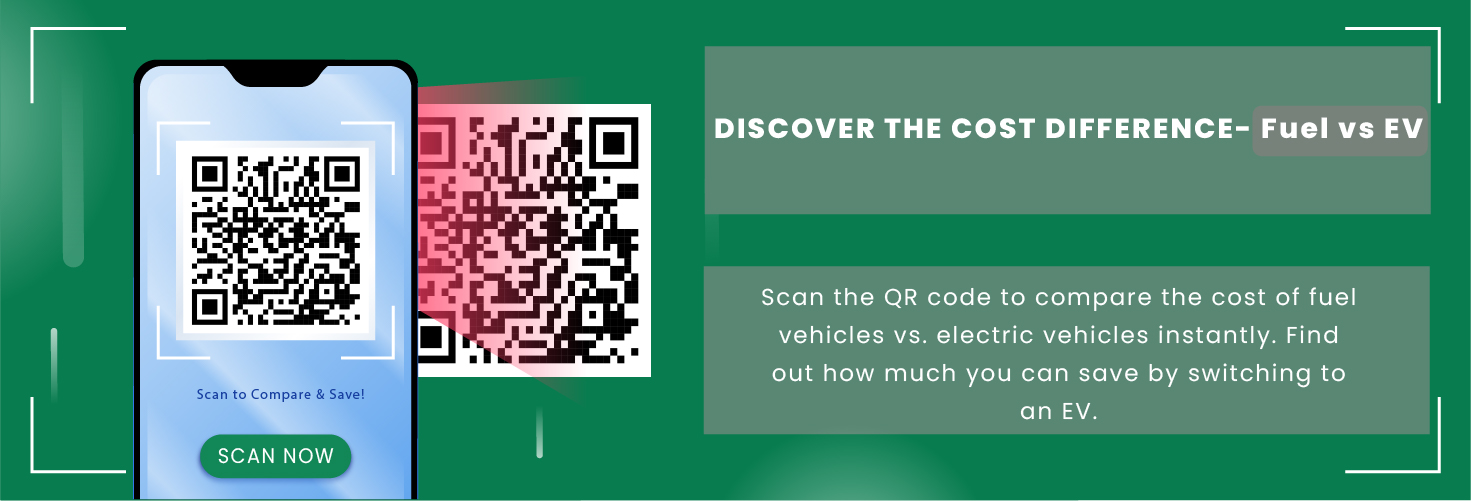
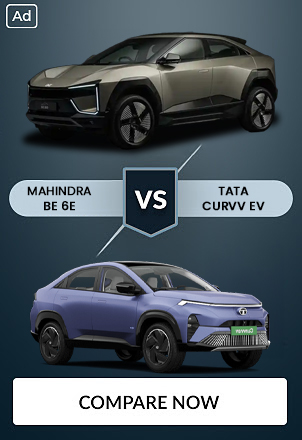
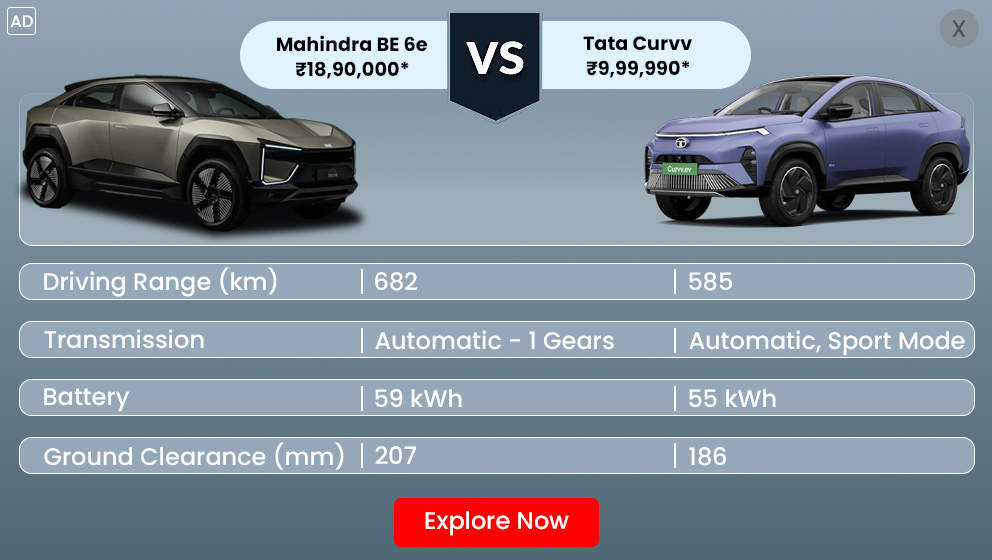

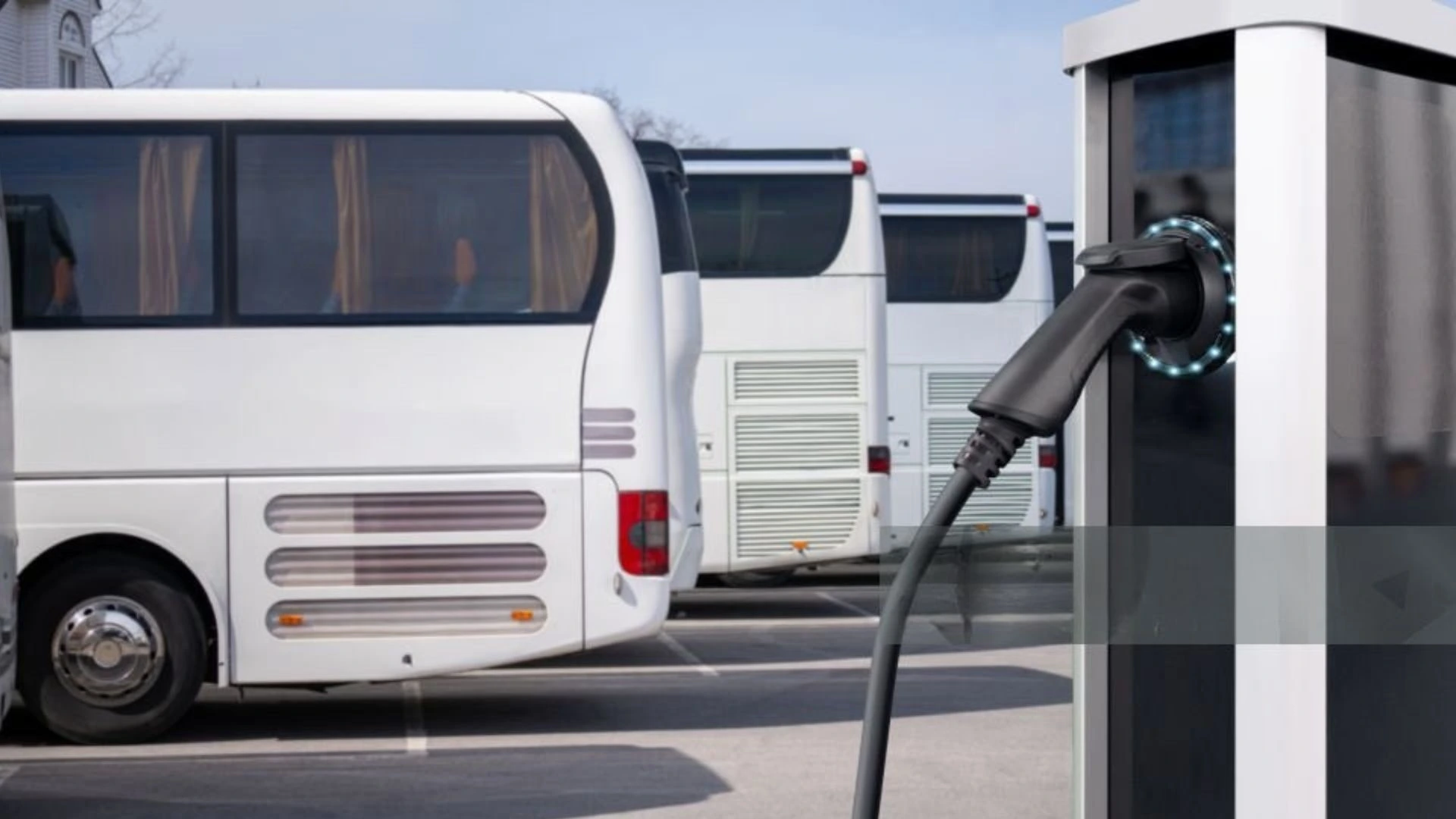
_1740045762.webp)
_1740126311.webp)

_1766129034.webp)
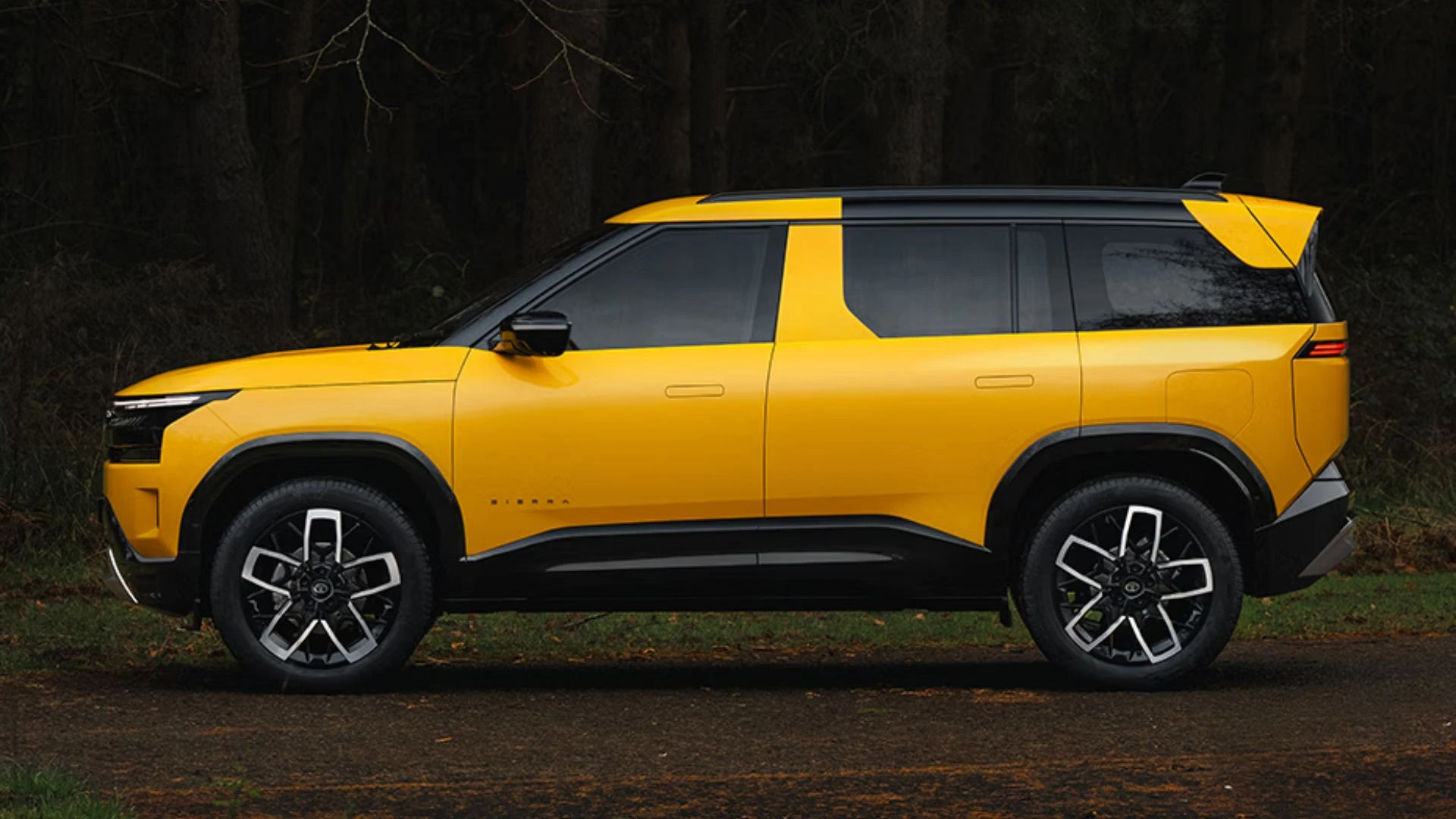
 Positioning Affordable 7-seat_1766042570.webp)